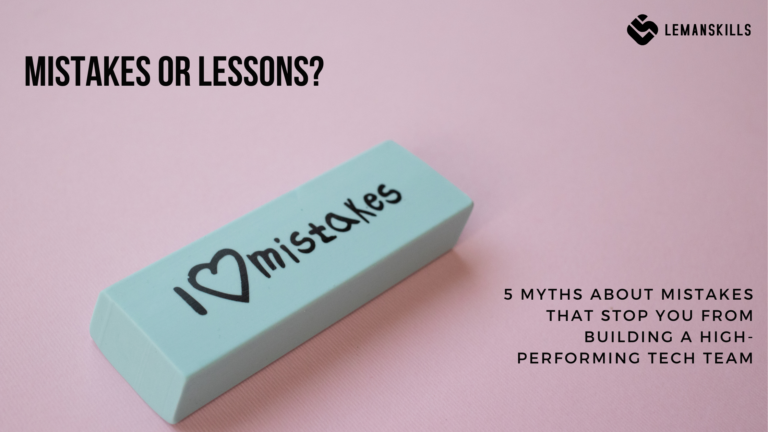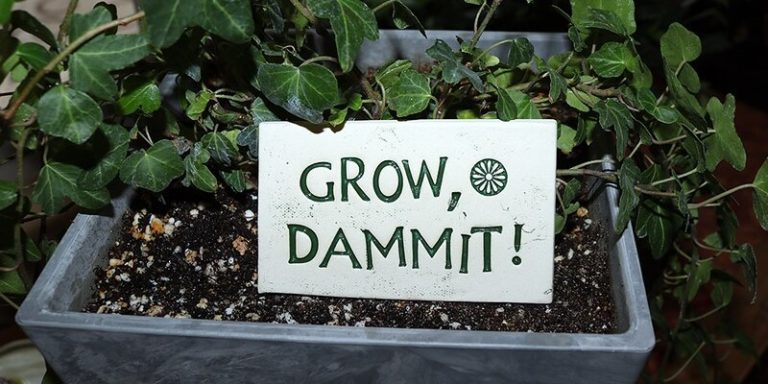
3 Leadership Lessons I Learned from Bad Recruitment Processes
Recruitment is often described as both an art and a science—a delicate balance of intuition, data, and strategy. But sometimes, even with the best intentions, things can go awry. I’ve learned this the hard way. Over the years, my experience in leadership have taught me that recruitment mistakes are not just costly in terms of money but also in terms of time, energy, and efficiency. Today, I want to share with you three of my biggest lessons from bad recruitment decisions that I hope will help you to not repeat those in your leadership practice. #1 The Rush: When Speed Wins With Strategy There was a time when I was desperate to fill a position on my team. Aren’t we really in constant situations like that? I remember that we had a critical project coming up, I was drowning under the amount of tasks I had on my list and I convinced myself that having “someone”—anyone—on board quickly was better than waiting for the better fit. I rushed through the process, skipping some of the deeper evaluations and settling for a candidate who seemed “good enough.” The result? It ended up costing me more than I ever anticipated. The person lacked the skills and mindset needed for the role, and within six months, we had to part ways. Not only did this mean starting the recruitment process all over again, but it also disrupted my work, again. According to research by the Society for Human Resource Management (SHRM), the average cost per hire is around $4,700. However, if you make a bad hire, the costs skyrocket. Studies estimate that replacing an employee can cost anywhere from 8 to 12 months of their salary. For example, if you hire someone with an annual salary of $50,000, replacing them could cost you between $33,000 and $50,000. And that’s just the financial side—what about the lost productivity and influence on yourself? On the team? This experience taught me a crucial lesson: rushing to fill a position is like building a house on quicksand. It may seem like you’re saving time in the short term, but in reality, you’re setting yourself up for long-term instability. #2 The Bias Trap: Judging by Brands, Not Skills Another mistake I’ve made is being overly impressed by the organizations listed on a candidate’s CV. When someone came from a big-name company or a well-known brand, I found myself assuming they must be ready to do the job. After all, if they worked at such prestigious places, they must be highly capable, right? Wrong. One candidate I hired had an impressive resume filled with experience at top-tier organizations. I was so dazzled by their background that I overlooked some red flags during the interview process—things like their lack of enthusiasm for the role or their vague answers about past achievements. It turned out that their success in previous roles was largely due to the systems and teams already in place at those organizations. In my smaller, more dynamic team, they struggled to adapt and contribute effectively. This mistake taught me to focus on the specific person, not just their past affiliations. A brand name on a CV doesn’t guarantee a cultural, personality-based or skill set fit for your organization. Now, I dig deeper during interviews, asking specific questions about their contributions and how they handle challenges in different environments. #3 Ignoring the Personality Match As someone deeply invested in Communication Intelligence (CQ) and the Process Communication Model (PCM), I know how critical personality dynamics are in any working relationship. Yet, there have been times when I ignored this knowledge during recruitment—and paid the price for it. I once hired someone who looked perfect on paper: they had the right skills, experience, and even glowing references. But what I failed to assess was how well we would work together on a personal level. Our communication styles clashed almost immediately. Where I value directness and proactive problem-solving, they preferred a more passive approach and avoided conflict at all costs. Data vs emotions. Logic vs relationship care. Nothing wrong about that, don’t get me wrong! But it comes with a cost, especially when you work in a small setup. This mismatch didn’t just affect our one-on-one interactions; it also impacted the overall efficiency. When there isn’t alignment between a leader and their team members, it creates friction that slows down decision-making and execution. According to Gallup research, disengaged employees can cost organizations up to 18% of their annual salary in lost productivity. Imagine what happens when that disengagement spreads across an entire team! Now, I make personality assessments a non-negotiable part of my recruitment process. Tools like PCM are there to use: I’m not saying that you do a questionnaire for every single candidate since it’ll cost a lot (if you can afford it, go for it!). It’s about using the framework in practice. Listen, observe, connect the dots. Everything is there, you just need to know what you’re looking for. Moving Forward: How to Avoid These Pitfalls Here’s what I’ve learned to do differently: Prioritize Fit Over Speed: Take the time to find someone who aligns with your team’s needs and culture—even if it means extending your search timeline. Remember that fast recruitment can cost you so much more time in the future. Dig Deeper Into Experience: Don’t be swayed by big names on a CV; focus on understanding what the candidate actually contributed in their previous roles. Assess Personality Compatibility: Use tools like PCM or other personality assessments or knowledge from the framework to ensure alignment between you and your potential hire. Recruitment is never going to be an exact science, but by learning from past mistakes and implementing more thoughtful strategies, you can significantly improve your chances of finding the right person for your team—and avoiding costly missteps along the way. Final Thoughts As leaders, we often feel immense pressure to make quick decisions and keep






